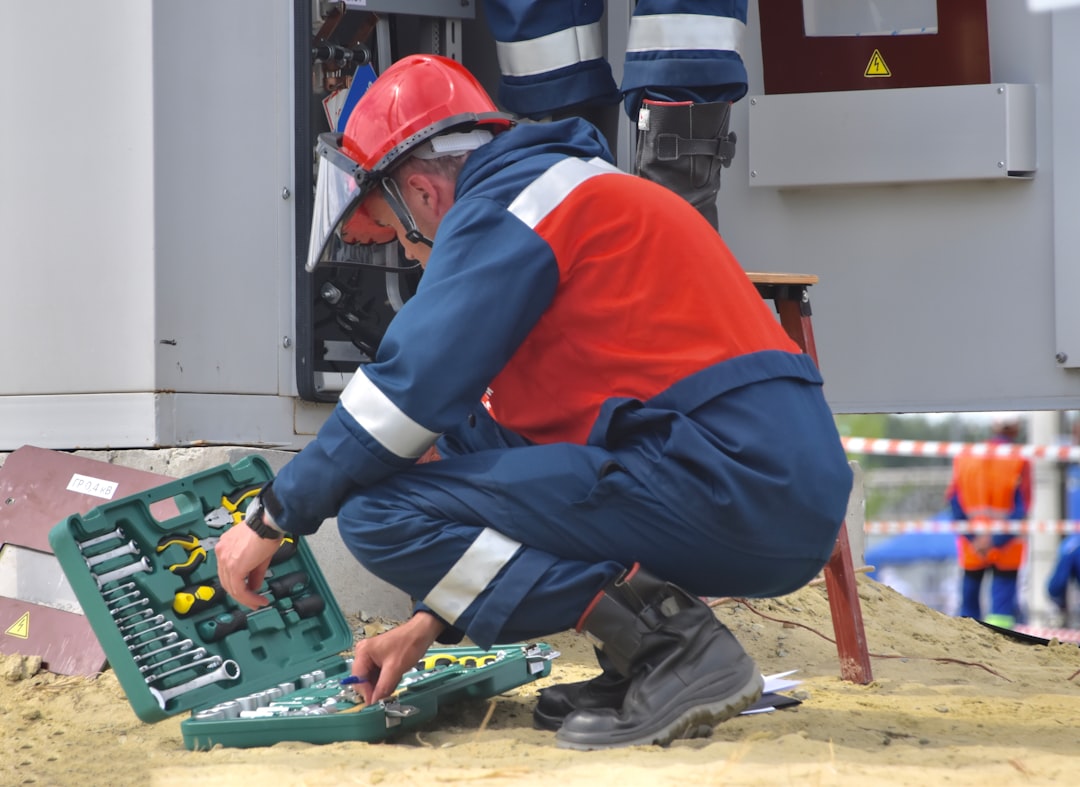Cardiac arrest is a major condition that takes place when the heart is not able to pump adequately to meet the body’s requirements for blood and oxygen. This chronic condition can establish slowly, and many people may not recognize they have cardiac arrest up until symptoms become considerable. Recognizing the signs of cardiac arrest is critical for very early detection and monitoring, which can substantially boost quality of life and results.
One of one of the most common signs and symptoms of heart failure is shortness of breath, also referred to as dyspnea. This might take place throughout exercise or even at rest in advanced phases. People could find themselves really feeling out of breath after activities that were previously manageable, such as climbing up stairways or walking to the mail box. This symptom is usually exacerbated when existing flat, bring about a situation referred to as orthopnea, where individuals may need to prop themselves up with cushions to take a breath even more easily while resting.
One more famous sign is fluid retention, which can lead to swelling in the feet, ankle joints, legs, or abdomen. This swelling, clinically referred to as edema, results from the body retaining extra fluid as a result of the heart’s decreased capacity to pump efficiently. As fluid builds up, it can tax the body organs, causing discomfort and various other difficulties. People with cardiac arrest may also notice weight gain due to this liquid build-up, which can be deceptive as it could mask other weight-related health problems.
Exhaustion and weakness are extra symptoms frequently reported by those struggling with heart failure. As the heart struggles to provide enough blood to fulfill the body’s needs, individuals may really feel uncommonly worn out or locate daily jobs much more stressful than in the past. This exhaustion can disrupt physical activities and reduce the general lifestyle, commonly making it testing to keep an active way of life. Additionally, individuals may experience decreased exercise tolerance, which describes a lower capability to engage in exercise compared to previous degrees.
If left unattended, heart failure can worsen in time, causing extra serious symptoms and possible complications. Common complications include arrhythmias, which are uneven heart beats, and kidney damage due to poor blood circulation. If you or somebody you know is experiencing these signs, it’s vital to seek advice from a medical care expert for evaluation and monitoring. Early discovery is type in managing cardiac arrest efficiently and can keep individuals healthier and much more energetic for longer durations.
Finally, recognizing the symptoms of cardiac arrest can be life-saving. Early identification of lack of breath, liquid retention, fatigue, and weakness is essential for timely treatment. Understanding and positive management can not only alleviate signs and symptoms however additionally enhance the person’s lifestyle. Always seek medical guidance if you experience any one of these symptoms, as timely treatment is vital in managing this chronic condition.
If You Think You Understand , Then This Might Change Your Mind
Learning The Secrets About

